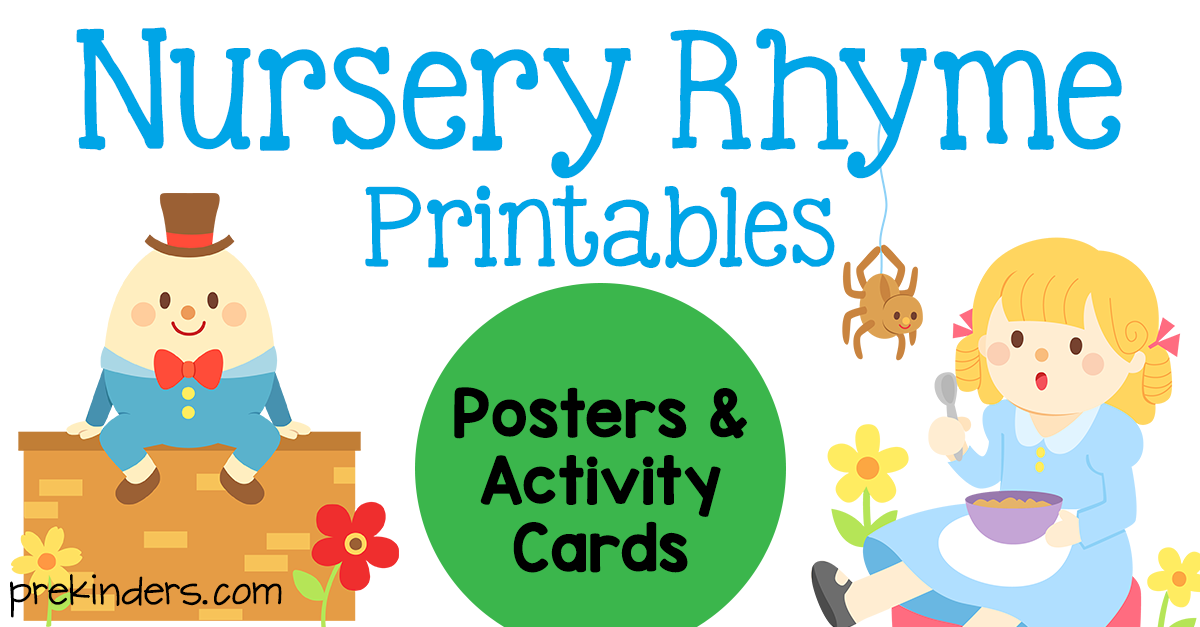
Phonemic Awareness Tips
Heggerty Curriculum
What is Phonemic Awareness?
Phonemic Awareness is an understanding that spoken words are made up of individual sounds called phonemes. A child who is phonemically awareness can isolate sounds, blend sounds, segment a word into sounds, and manipulate sounds in words.
Phonemic Awareness is NOT Phonics: How are they different?
Why Should We Teach Phonemic Awareness?
According to Louisa Moats in her book, Speech to Print, “One of the most robust findings of modern reading research is that proficient reading is strongly associated with the ability to identify, remember, and sequence phonemes.” (2012) “The National Reading Panel found more than 50 studies verifying that explicitly teaching phonemes was one critical component of effective reading and spelling instruction.” (Moats, 2012)
How Can I Implement Phonemic Awareness In My Classroom?
- Phonemic awareness can be part of the tier I curriculum and used as a supplemental resource to the core curriculum for the whole class in Pre-K, Kindergarten, 1st grade, and some 2nd grade classrooms.
- A phonemic awareness lesson takes place whole group, lasts around 10 - 12 minutes, and all students participate by responding orally. The only print the students see is letter cards for teaching Letter Naming & nursery rhymes
Lesson Components
8 Phonemic Awareness Skills:
1. Rhyming
2. Onset Fluency
3. Blending (Words, Syllables, Onset-Rime, & Phonemes)
4. Isolating Final or Medial Sounds
5. Segmenting (Words, Syllables, Onset-Rime, & Phonemes)
6. Adding
7. Deleting
8. Substituting (begins in Week 19 in Pre-K)
2 Early Literacy Skills:
Letter Naming
Language Awareness
Strategies for Effective Implementation
- A classroom lesson should not exceed 15 minutes. If it does…do not skip skills! Reduce the number of words used with each skill, but still practice all of the skills. Plan to get back to using all words in the lesson
- Provide quick corrective feedback when students respond incorrectly
- Listen to your sounds for letters: Clip your sounds so that they are short, and do not have /ŭ/ at the end.
- Prior to teaching the lesson each day, read through the lesson and practice. Your pace determines your students’ engagement and pace.
- Say, "Letter is ___." For example: "Letter is K."
- Say, "Sound is ____." For example: "Sound is /k/"








